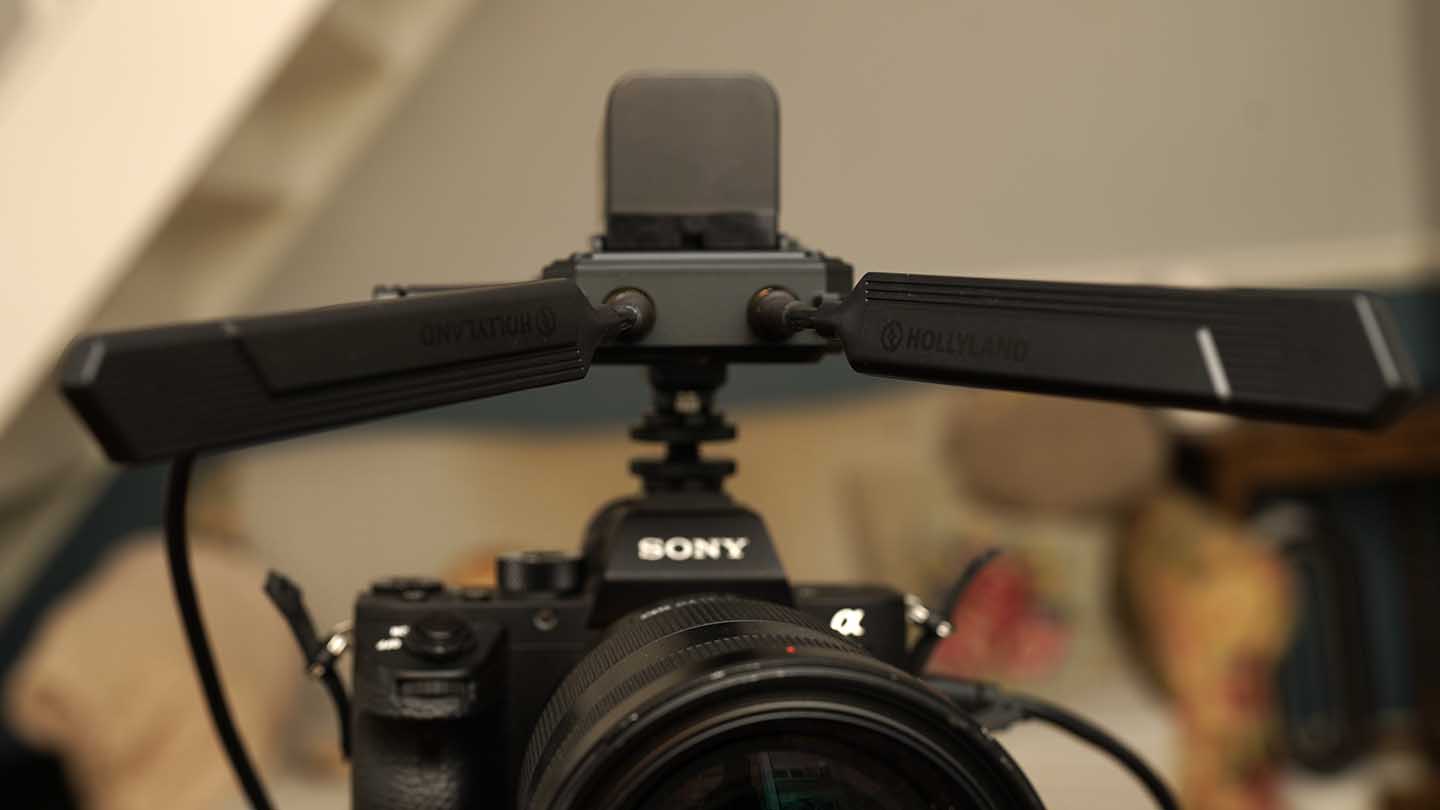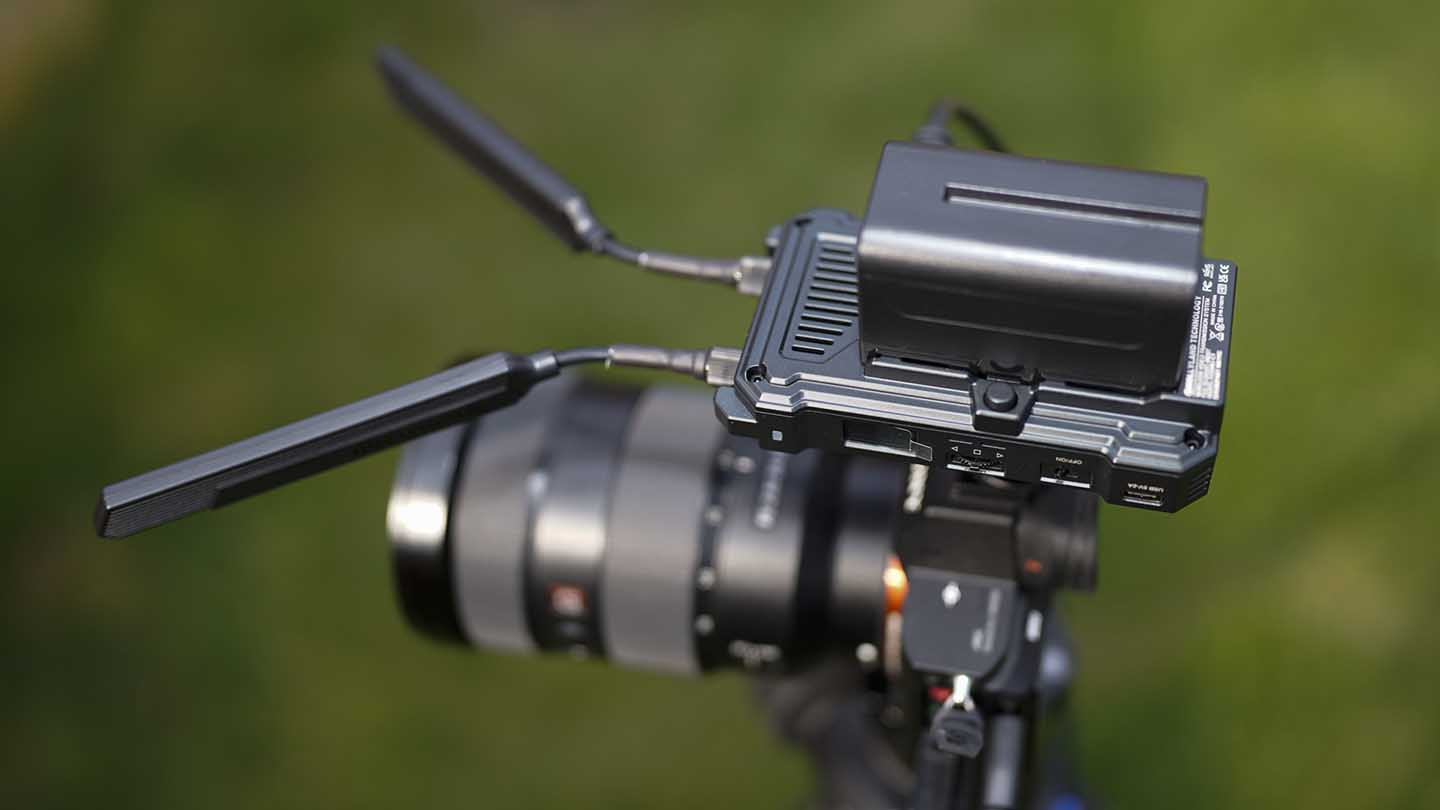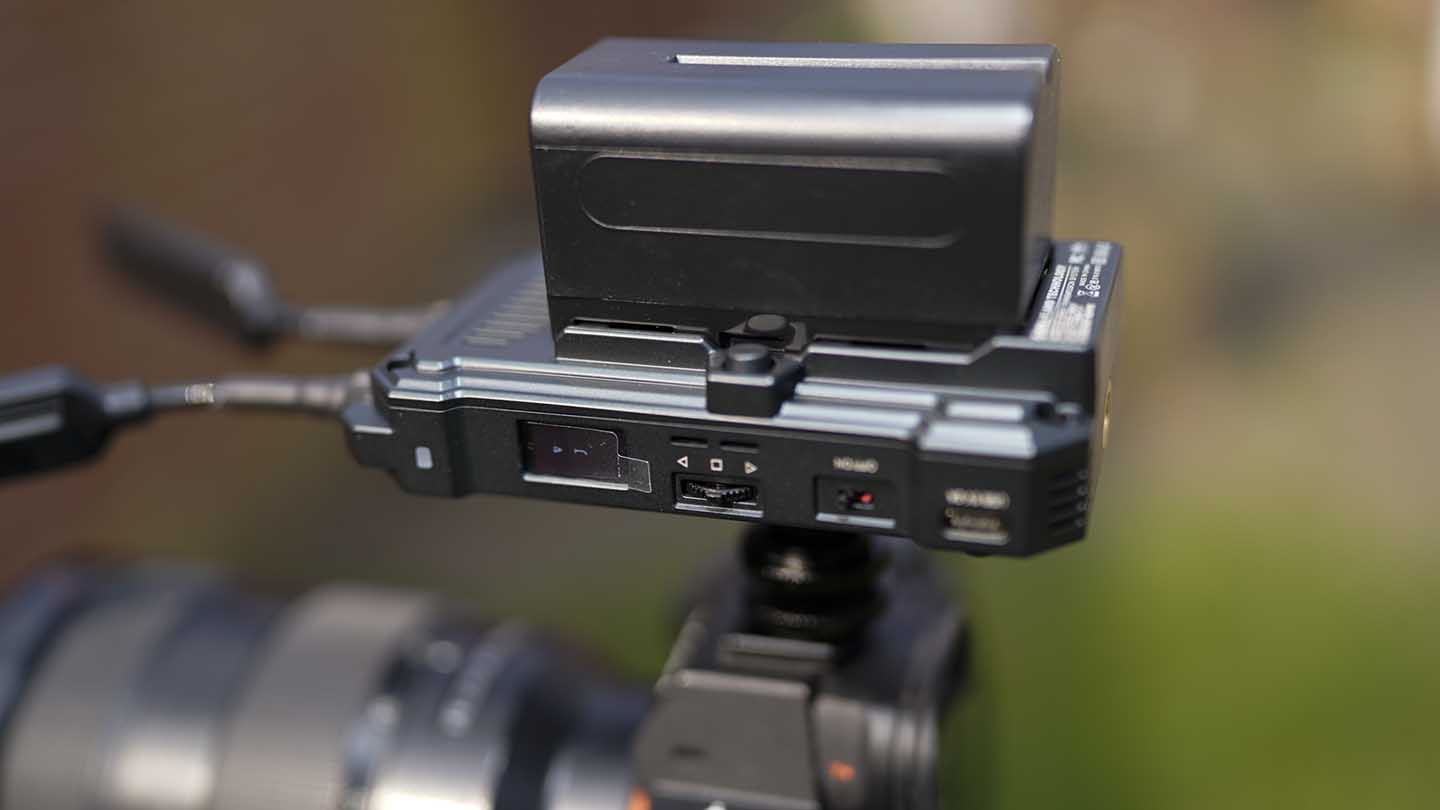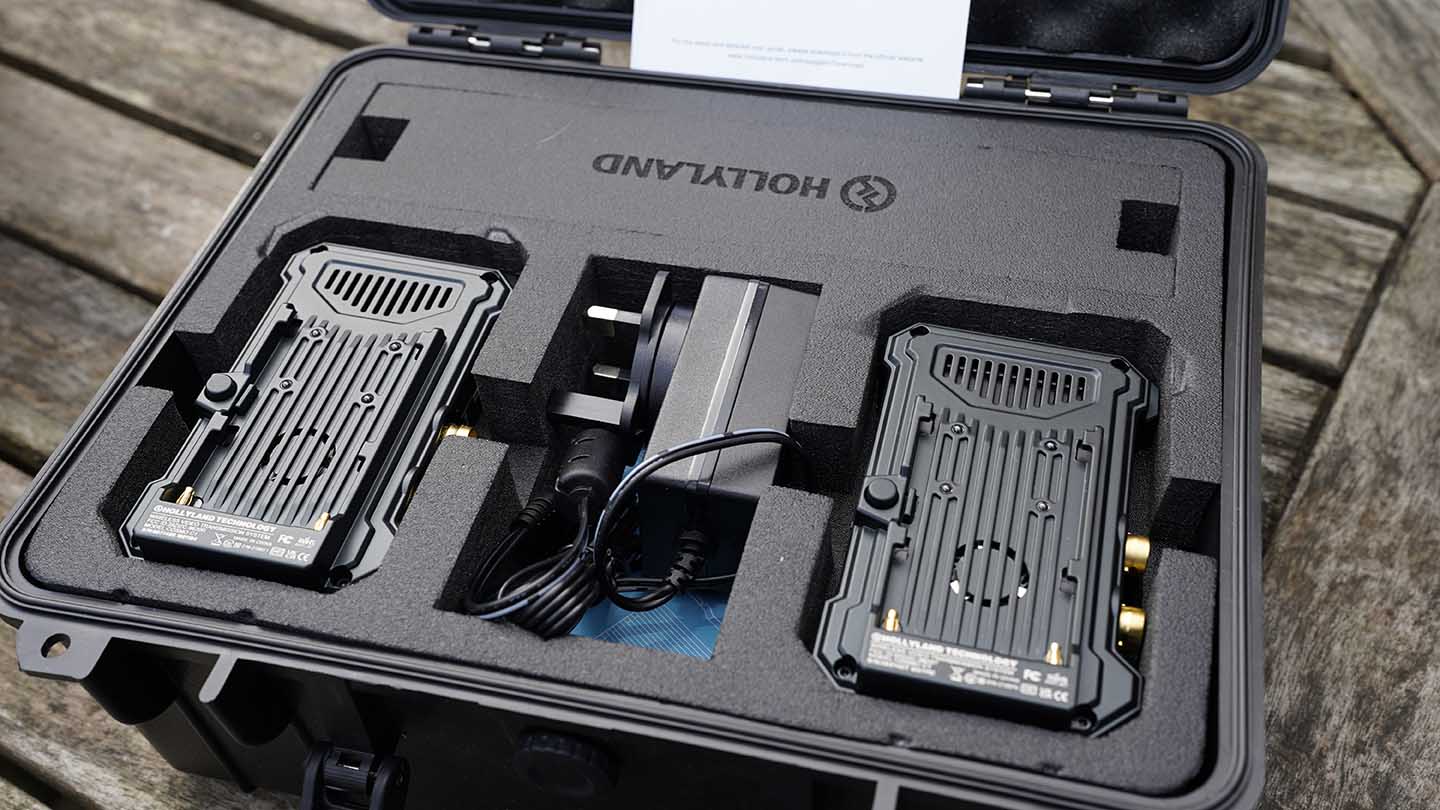Due to the price and complexity, wireless video transmitters were out of reach to everyone bar high-end professionals. Now, however, with the likes of the Cosmo C1, these devices are affordable to anyone, although still at a cost. While affordable it does mean that some features such as setting monitoring compatibility with broadcast control units and other professional gear isn’t a feature. But then if you’re using broadcast kit then you probably won’t be looking at the Cosmo C1.
Hollyland has essentially created a transmission device designed for use by today’s emerging video market, small productions that need professional tools.
The wireless system uses the 5.1-5.8GHZ bandwidth and utilises Hollylands proprietory HEVO chip to enable automatic channel switching. This means that if you have several people at an event, using similar devices, the Cosmo C1’s HEVO solution will find the channel that’s clear for the paired transmitter and receiver, and switch to it.

Essentially like the scan feature on many wireless mics, the HEVO solution finds the cleanest channel to ensure the smallest amount of interference possible.
As the system is based on radio frequency rather than Wi-Fi, unlike cheaper systems, the signal strength is far stronger. This means you can be quite some distance from the transmitter, up to 1000 feet (300m), and still receive a signal.
That video signal is transmitted at a full 1080p at up to 60fps, which is impressive and more than enough for monitoring what’s being shot.

The next big feature is the Embedded UVC for direct livestream. This enables you to plug a USB Type-C cable into the receiver and then plug that into your computer so the feed can be used to stream video content live.
When it comes to connecting to the video feed from the camera to the TX, this can be done in one of two ways; the first is through standard HDMI, and the second is through SDI. Most DSLRs and Mirrorless cameras offer HDMI, and it’s only when you take the step-up to professional camcorders that SDI starts to come into play.
The HDMI option is simple plugging directly into the TX and out of the RX, whereas with SDI on the TX, you have SDI in and SDI Loop out.
Another nice feature is that there are several power options; the first is the ability to plug the TX or RX into the mains so that the devices are mains powered, although there’s only one adapter in the box.
The next two options are more suited for use out in the field. The first is USB Type-C, where power can be passed directly from a USB power bank into the units for power. At present, I can’t think of any cameras that enable this feature, unlike many camcorder power solutions, so a separate power bank would be needed.
The final option, and the one that I opted for in this test, is to use an L-Series, Sony NP-F battery; these lock-in and click into place.
Finally and most importantly when it comes to features, the latency is close to zero, or 40ms, in the best-case scenario. This means that what you see through the transmitted HD video is essentially happening in real-time.
This speed of video transmission is made possible by the high-efficiency H.265 encoding, making it a great solution for monitoring and focus pullers.












